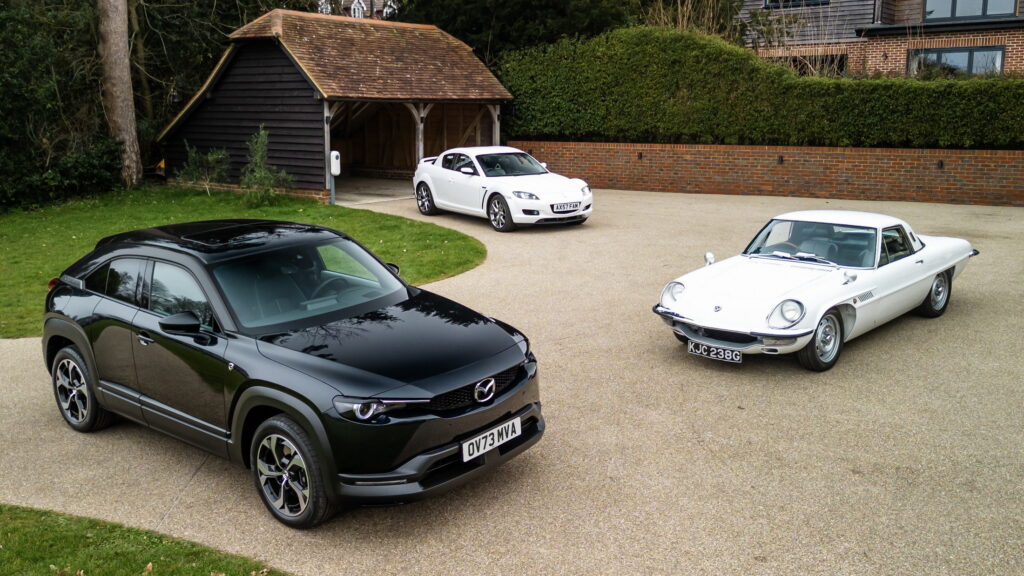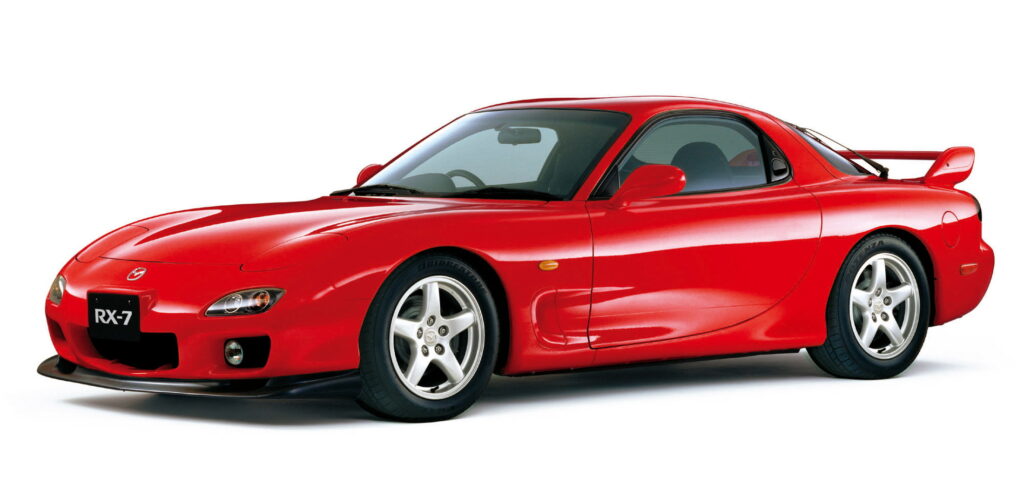Since 1961, Mazda has been a champion of the rotary engine, and today it says it has produced its 2 millionth example
2 hours ago
 –>
–> 
–>
The rotary is kind of like the Rudy (from the movie “Rudy”) of engines. It’s a little smaller than the others, and might not be quite as good, but you can’t help rooting for it. Mazda says that you don’t need to wish for its success, because it is succeeding. The proof: it has now produced a total of 2 million rotary units.
The living brand that is most closely associated with the rotary engine, Mazda has been working with the technology since 1961, when it entered a technical partnership with NSU and Wankel. By 1967, it launched the Cosmo Sport, a gorgeous sports car powered by the engine.
The brand then played with the concept in the form of the Familia Rotary (or R100) coupe and the Luce Rotary (or R130) coupe, in 1968 and 1969. In 1970, the legendary RX series was born with the RX-2, also known as the Capella Rotary series.
advertisement scroll to continue
Read: The Rotary Engine Is Back In Production At Mazda

That was the start of a wave and by 1973, the brand had built 500,000 rotary engines. However, it wasn’t until 1978 that the most famous rotary vehicle of all time was born, with the launch of the first-generation RX-7. The model found great success and by 1986, just a year after the launch of the second-generation model, the automaker had produced a total of 1.5 million rotary engines in all.
In 1991, rotary technology helped Mazda become the first Japanese automaker to win overall victory at the 24 Hours of Le Mans, with the howling 787B. That same year, the third-generation RX-7 was launched, and its gorgeous shape has made it a sought-after classic today.

It was followed by the RX-8 in 2003, but when it went died in 2012, Mazda’s production of the rotary engine also ceased. For 11 years, the brand has been without one of its defining engines, but it is coming back with the MX-30 e-Skyactive R-EV, which entered production in June, and is going on sale in select markets in the coming days.
The plug-in hybrid crossover is actually powered by a 168 hp (125 kW / 170 PS) electric motor while the rotary engine acts as a generator, recharging the 17.8 kWh battery. All in, the MX-30 get up to 373 miles (600 km) of range on the WLTP test cycle, despite the small size of its battery pack.
Mazda also has higher-performance plans for the powertrain. The Iconic SP concept car previews an attractive coupe that makes 365 hp (272 kW/370 PS) using the same basic rotary-generator hybrid concept, and was unveiled at the Japan Mobility Show 2023.
“The rotary engine is a special part of Mazda history and represents our ‘never-stop challenging spirit,’” said Takeshi Mukai, Mazda’s senior managing executive officer. “The rotary engine is much loved by customers around the world, and we are excited to resume production and see it make a comeback.”

